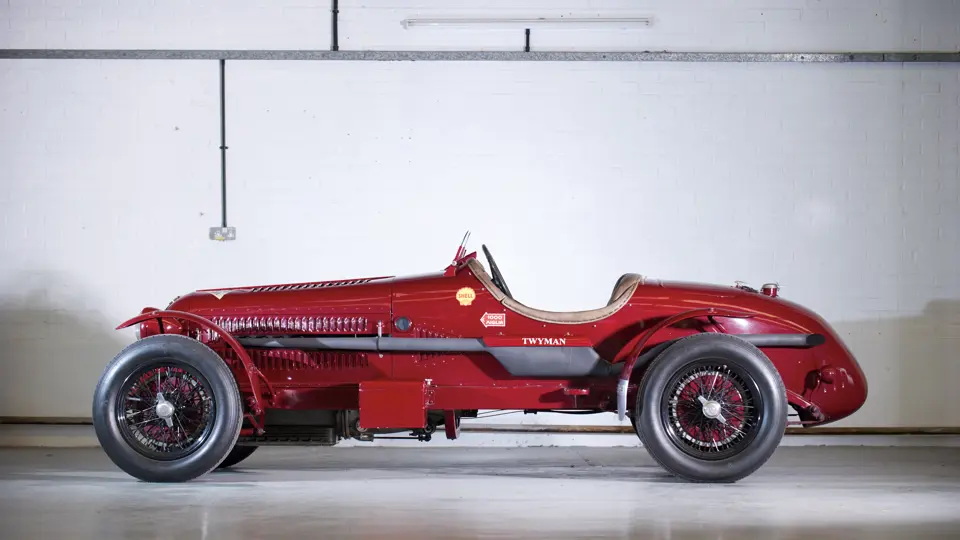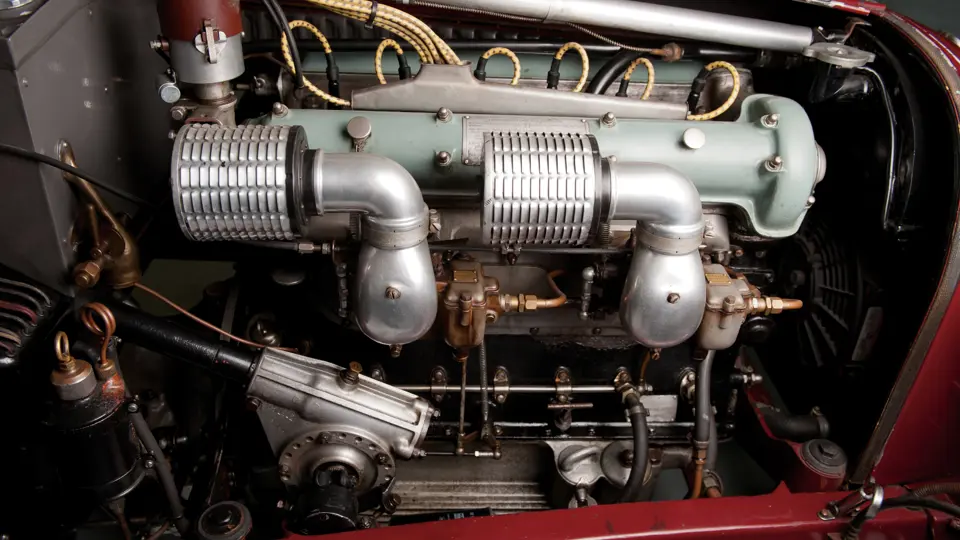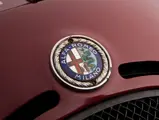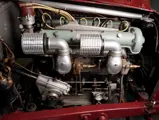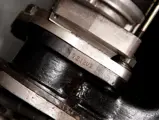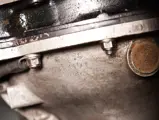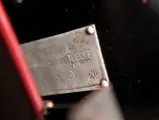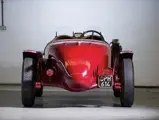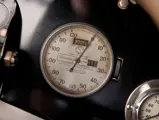107 bhp, 2,309 cc double overhead camshaft inline six-cylinder engine, four-speed manual gearbox, four-wheel independent suspension, and four-wheel drum brakes. Wheelbase: 115 in.
• Open competition coachwork
• Meticulous restoration by Neil Twyman
• Desirable pre-war Alfa Romeo 6C 2300
In the twenties and thirties, Alfa Romeo was building the most magnificent sporting machines, supplying not only competitive rides for the best drivers but also a steady stream of beautifully engineered and constructed cars for privateer entrants. When the company, which employed thousands of artisans, mechanics, and functionaries to build only a few cars, encountered the inevitable financial difficulties associated with building the best with little regard to profitability, it was bailed out by the state. Instead of being directed to downsize and build saleable automobiles to generate cash flow and keep those thousands employed, Italy directed Alfa to build great racing machines that would demonstrate Italy’s technology and competitiveness on Europe’s race courses. Production shrank, but the few cars that were built were the best in the world.
In a time when automobiles were exotic and often idiosyncratic creations, the products of Alfa Romeo were finely crafted works of art, elegant in conception and executed with due regard to combining function with exquisite form. Virtually every important piece was produced in-house in Alfa’s fabrication shop, pattern works, foundry, and machine shop. The product of artisans, each of whom took pride in the performance, reliability, quality, execution, and appearance of his separate creation, these Alfas also reflected the overall responsibility of revered engineer Vittorio Jano, who continually tested, evaluated, and improved their performance until they met his high and increasingly stringent standards.
Débuted at the 1925 Milan Auto Show, the 6C 1500 set new standards for lightweight, high-performance road cars. Its production was delayed for over a year by its second round of financial contretemps, during which Nicola Romeo ceded control of his industrial complex to an Italian state-owned organization, the Istituto di Liquidazione. Introduced with a single overhead camshaft, Jano had provided for a twin cam head in the original design, and it was introduced in 1928, followed by the slightly larger 1752-cubic centimetre 6C 1750 in 1929. The 6Cs were the mainstay of Alfa production during the period, being fitted with everything from lightweight spyder coachwork by Zagato and Touring to full size sedans by Castagna and Alfa’s own coachworks.
The next evolution of the 6C came in 1934 and was displayed again at the show in Milan in April of 1934. Although traditional in its layout, the 6C 2300 had nearly twice the displacement of the car it succeeded, resulting in a highly competent automobile capable of providing excellent performance with multi-passenger coachwork. The 2,309-cubic centimetre engine in the 6C 2300 featured a one-piece crankcase/cylinder block and aluminium alloy cylinder head. Camshaft drive was by a combination of roller chain and gears. Designed for performance without the complication and expense of superchargers, the 6C 2300 delivered a rated 68 horsepower in turismo form, although this example has been measured at 107 brake-horsepower.
As confirmed by Angela Cherrett, one of the world’s leading authorities on all things Alfa Romeo, this Alfa Romeo was delivered new to the UK in 1934 to be bodied. Although there is very little information about the early life of this car, it is believed that it was originally fitted with an open two-seater body for hill climbing and racing. It is believed that the car has stayed in England its whole life, and at some point during the 1970s, Alfa Romeo aficionado and collector Chris Mann acquired the car, photographs of which are on file. In 1986, the car was sold by Chris Mann to Rupert Cleverly, who commission Neil Twyman to rebuilt this Alfa Romeo into something very special, something similar to the “tipo siluro” and the prototype 6C 2300.
During the period between 1986 and 1996, Neil Twyman managed the project at a cost of over £80,000, with dozens of bills on file. Shortly after Tywman finished the 6C 2300, Calverly entered the car in the Louis Vuitton Classic at the Hurlingham Club in London in 1996. Claverly then went onto enter the car in the 2003 Miglia Mille. The car was sold to the current owner in 2006, and it was used enthusiastically on several rallies, including the Italia Classica.
Interestingly, this example is still registered on its original UK registration number. It was fully restored by Neil Twyman, and it has been maintained by him ever since. Here is a great opportunity to acquire a fantastic, well sorted example of a pre-war Alfa Romeo 6C 2300 that is eligible for some of the world’s most exclusive motoring events.


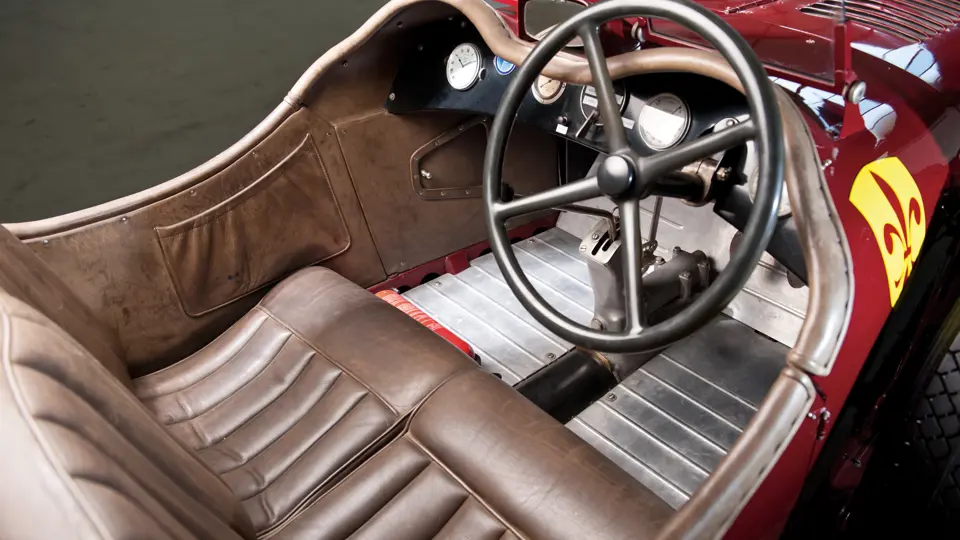

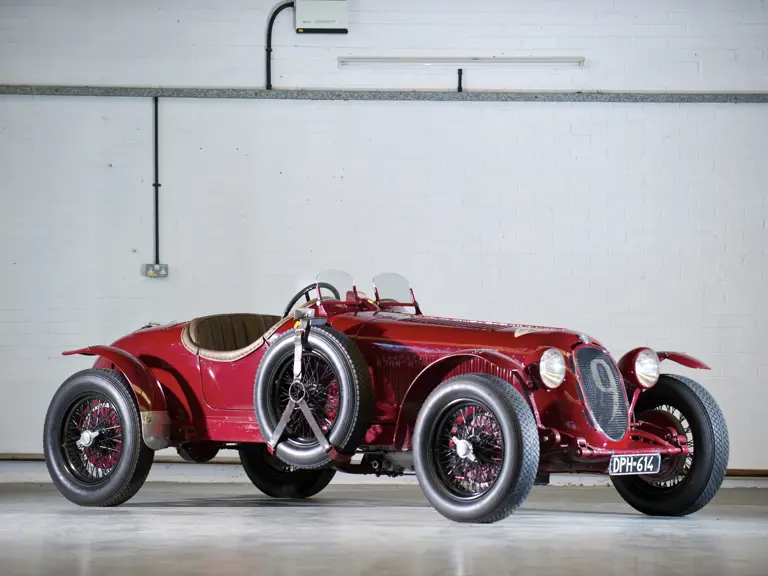
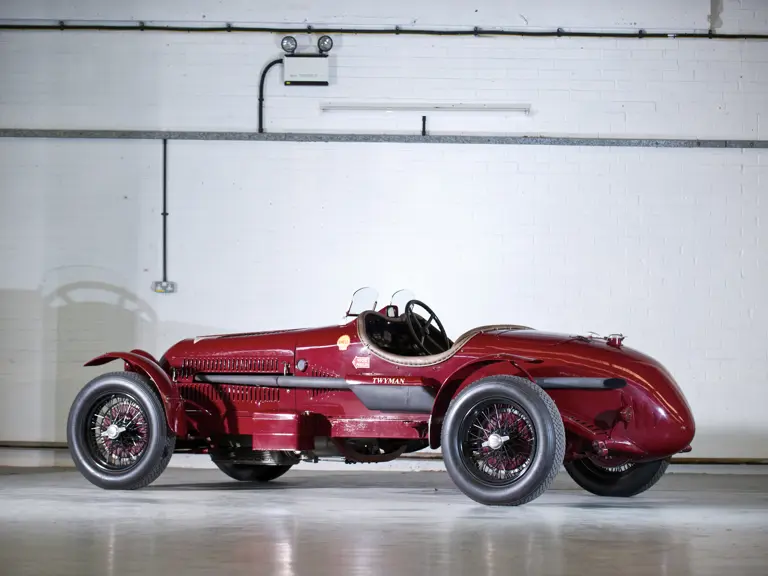
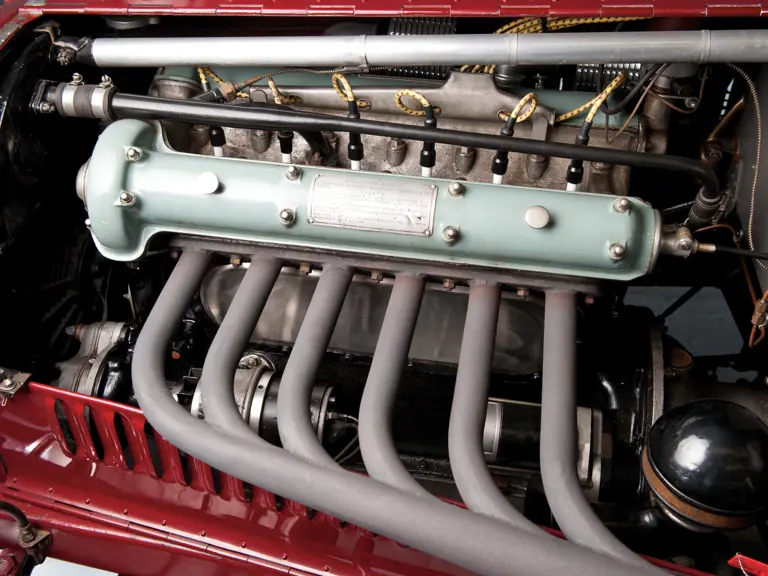
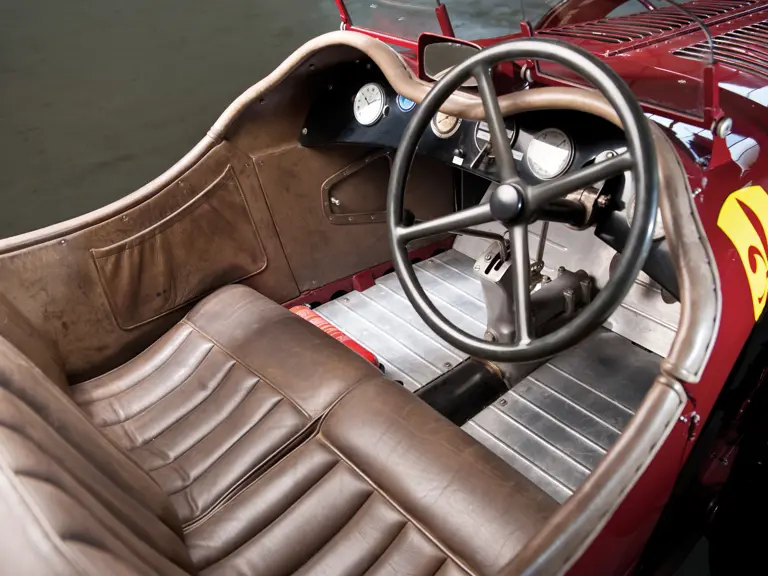
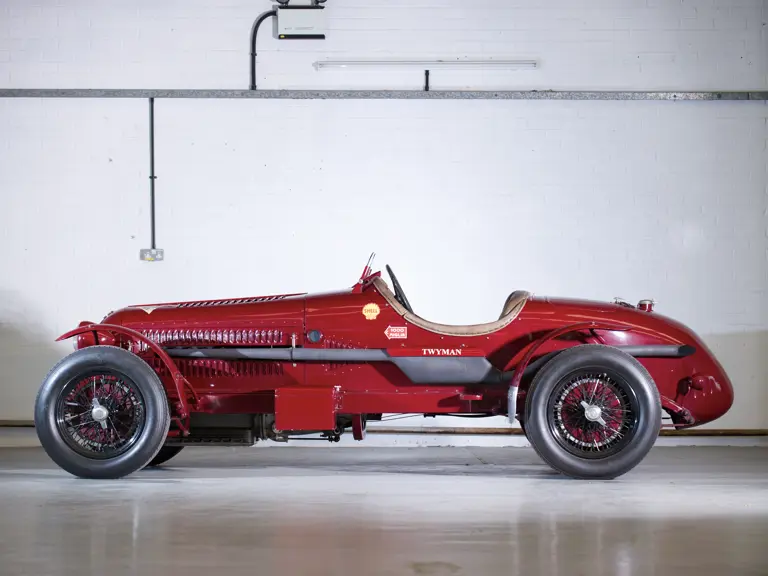
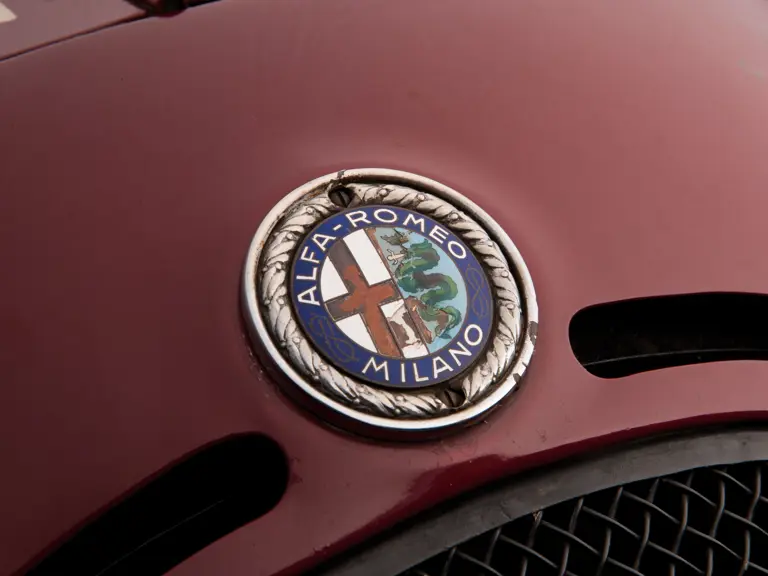
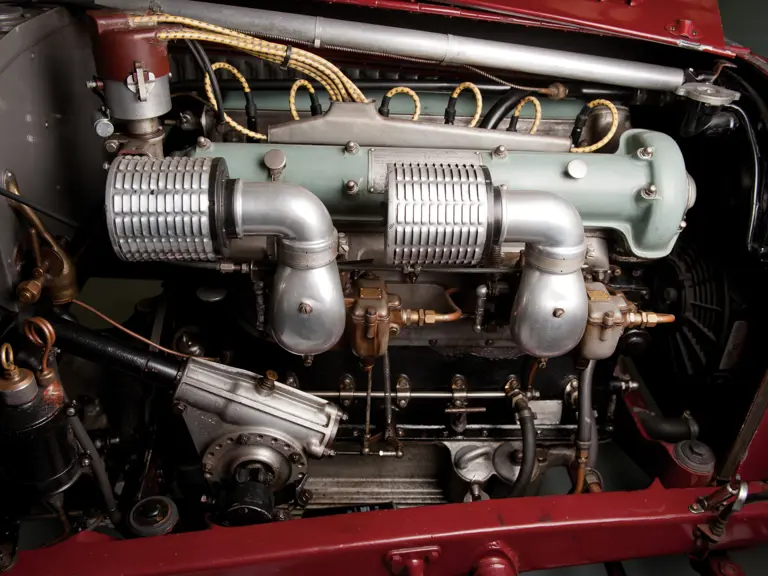
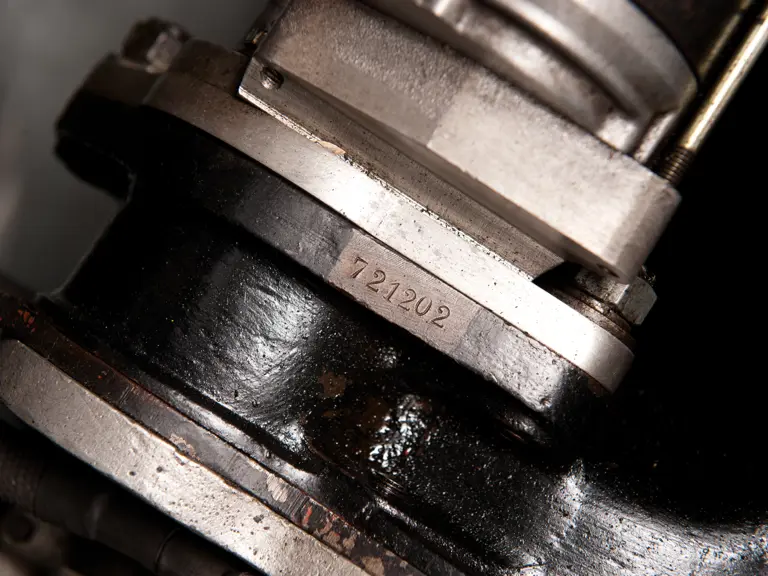

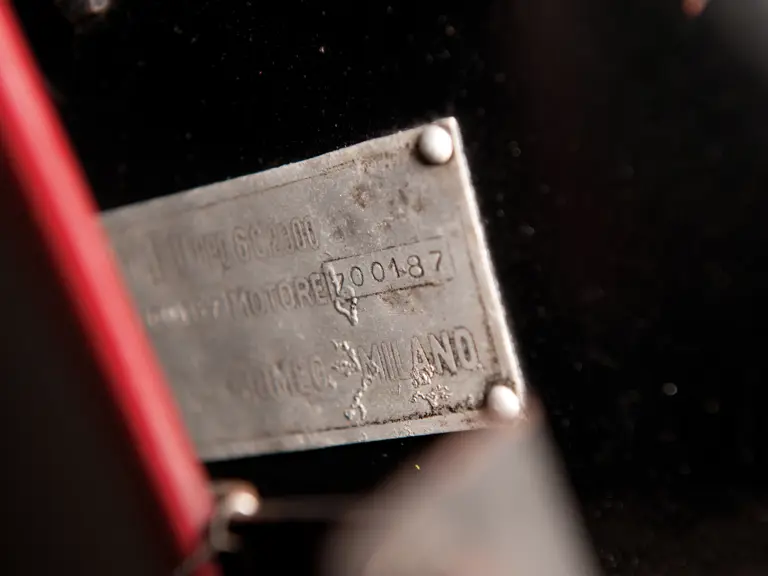
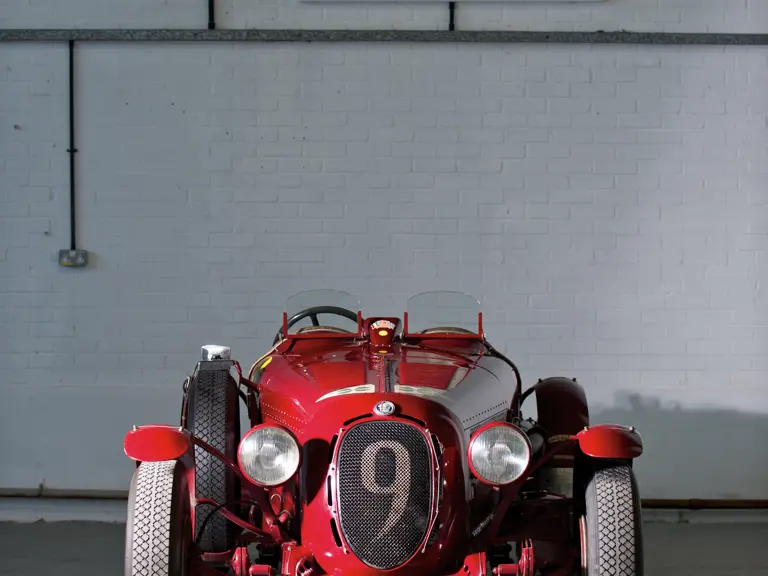

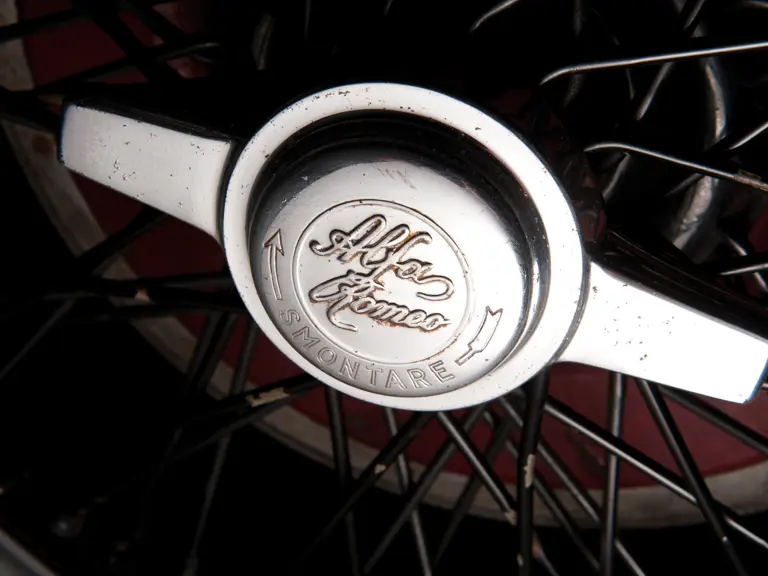


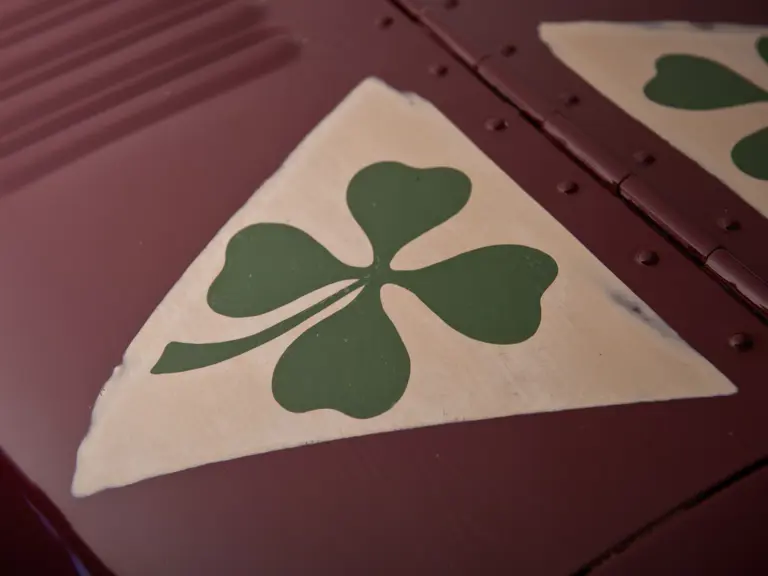
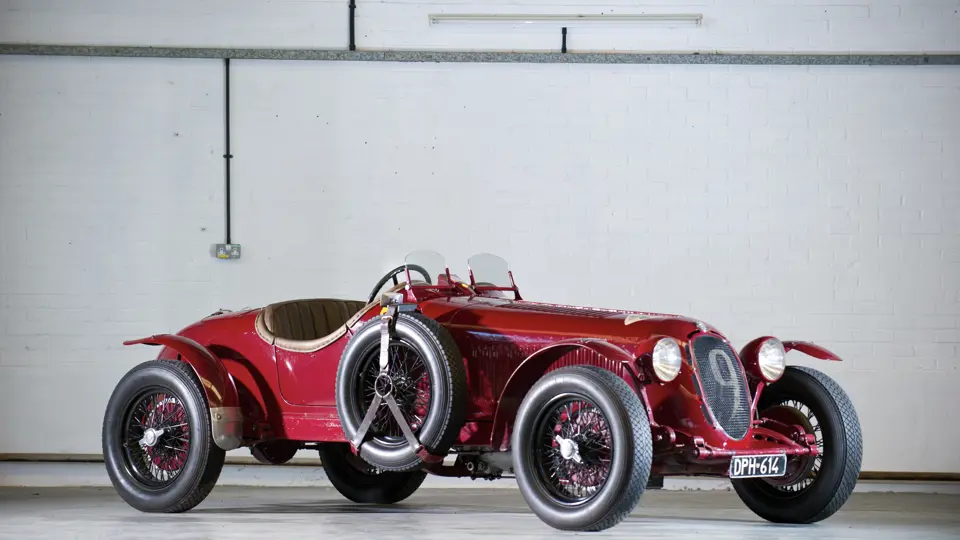
 | London, United Kingdom
| London, United Kingdom
